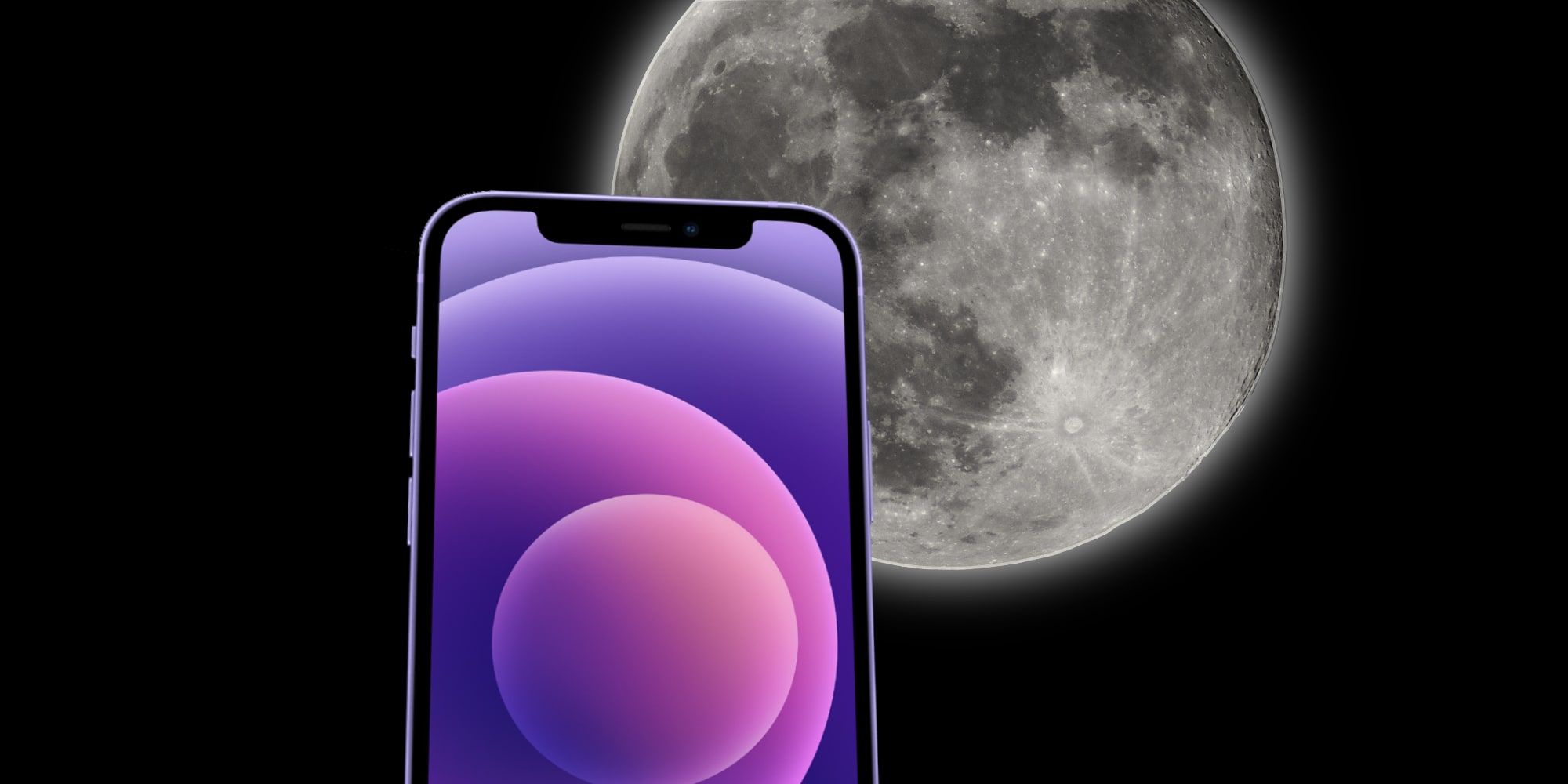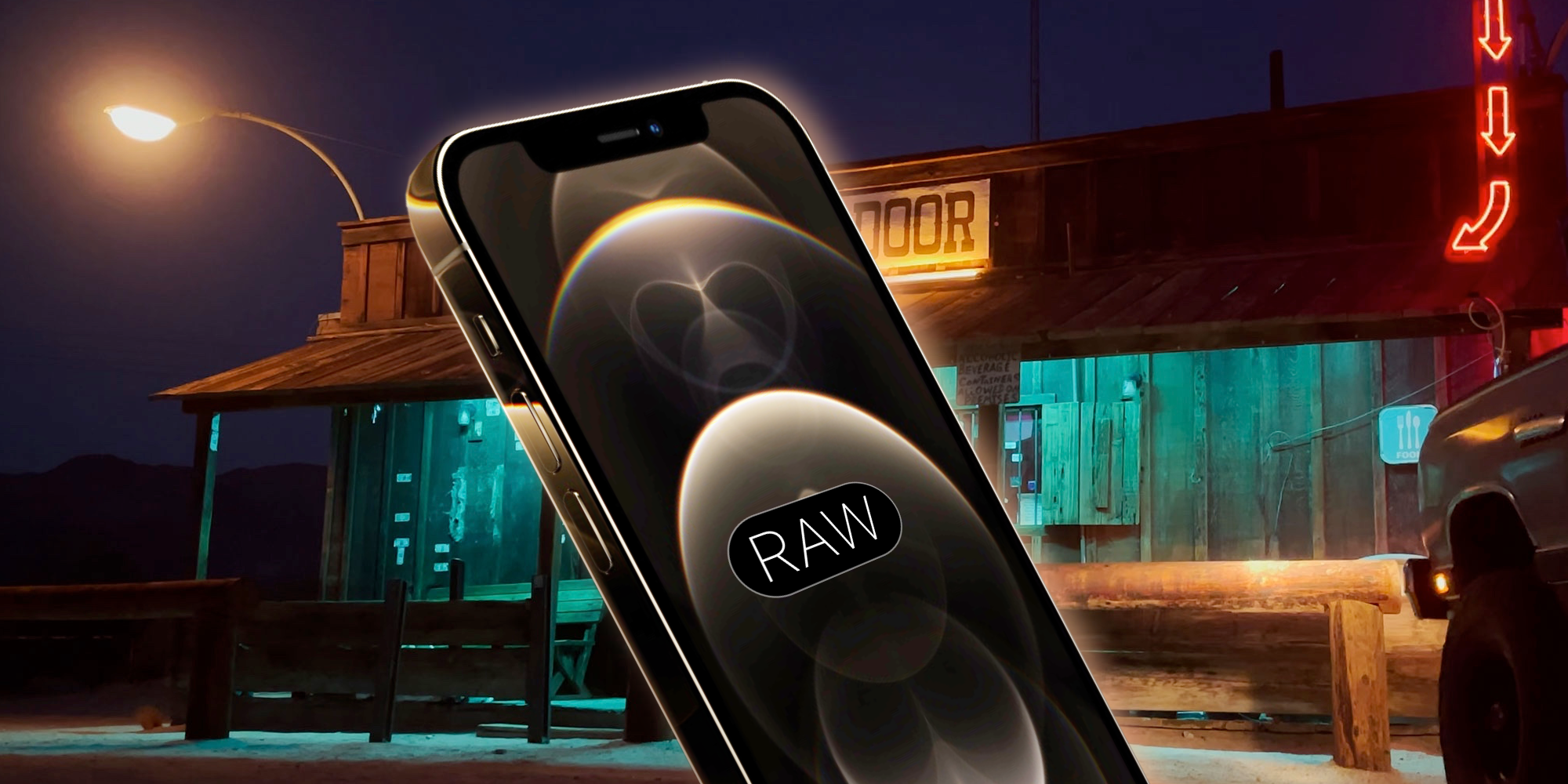
Apple makes taking a photo of the Moon with an iPhone quite easy, but snapping a picture of that distant heavenly body worthy of sharing may be more of a challenge. Of course, far away objects are always hard to capture with great detail, but the Moon is particularly difficult since it is such a bright subject against a black background. However, a few tips might help iPhone users make the most of the opportunity.
Apple’s latest iPhone 12 brought a huge upgrade in cameras over previous generations, with all rear cameras now supporting night mode. The Pro models allow night mode when taking portrait photos that simulate the blur of bokeh. Deep fusion is also enabled on all rear cameras, bringing out additional detail with the use of advanced image processing. Beyond the software improvements, the brighter lenses allow more light in and the iPhone 12 Pro Max’s main camera has larger 1.7-micron pixels, increasing low light performance even more. The Pro models also include a telephoto camera with up to 2.5-times zoom compared to the main camera.
The newest and largest iPhone 12 Pro Max is most likely to capture a nice photograph of the Moon, since it has a longer telephoto and larger apertures, as demonstrated by Richard Vargas on Twitter. However, there are some useful tips that apply to any iPhone. In general, an optical zoom will provide the most detail and allow for the closest photo possible of the Moon. So far, Apple hasn’t done any computational photography magic with digital zoom, so setting the camera to maximum optical zoom and then cropping the photo afterward will allow the most freedom when choosing how close to get. If there are foreground details that are interesting, try some photos with the main camera also, since clouds and trees add interesting contrast. There are third-party lens accessories that can snap onto an iPhone to give it a longer telephoto, but quality lenses can be quite expensive and still won't compete with a super-zoom point and shoot or a DSLR with a long lens.

Apple’s camera app does an amazing job of snapping beautiful pictures with little required of the user, but for difficult subjects, such as the Moon, taking control can make a big difference in the quality of the final photo. Touching and holding the Moon on the iPhone screen will lock the focus and set the exposure for this bright object rather than the surrounding darkness. Moon photos tend to be too bright rather than too dark. If there is no detail visible, try dragging a finger downward after locking focus to make the image a bit darker. A hint of the Moon craters might be visible with a bit of luck. If possible, brace the iPhone against a solid object to steady the shot. This allows Deep Fusion and Night Mode more time to capture a sharp image. When using an iPhone 12 Pro or Pro Max, switch to ProRAW mode for better editing control.
If the built-in camera app isn’t doing a good enough job, try some of the camera apps in the app store that allow manual control. If possible, lower the image sensor's sensitivity as far as possible to reduce noise. This has the unfortunate acronym, ISO (International Organization for Standardization) and automatic settings tend to raise this in low light to capture moving objects. Since the Moon is relatively still and the iPhone can be stabilized, it’s better to set this very low. To capture the best Moon image possible, take plenty of photos, play with the settings and keep steady. Smartphones with longer zooms will get closer photos, but the iPhone can capture a scene as well or better than others when working within the realm of what is reasonably possible.
from ScreenRant - Feed https://ift.tt/3gLZ0P3
via IFTTT







0 comments:
Post a Comment